As residents of Cedar Rapids, Iowa City, and Des Moines brace themselves against the chill of winter, an often-overlooked challenge looms overhead: the impact of late winter snowfalls on your roof. This period, characterized by fluctuating temperatures and unexpected snowstorms, can significantly stress the structural integrity of your home’s roof. Understanding the potential risks and knowing how to mitigate them is essential for every Iowa homeowner. Robison Roofing and Construction is committed to ensuring your roof remains secure and undamaged through the late winter season, and we’re here to guide you through the necessary precautions.
The Weight of the Matter: Snow Accumulation
One of the most immediate concerns with late winter snowfalls is the sheer weight of snow accumulation on your roof. Wet snow is particularly heavy, and as the depth increases, so does the weight your roof must bear. Most residential roofs are designed to handle significant loads, but the additional weight of late winter snow can push this capacity to its limits, especially if the snow remains for an extended period.
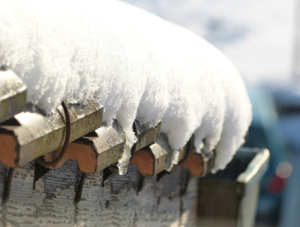 Understanding Snow Weight:
Understanding Snow Weight:
- Fresh snow: 10-12 inches of fresh snow is equivalent to one inch of water, or about 5 lbs per square foot of roof space, which is not typically a problem for most roofs.
- Packed snow: 3-5 inches of old, packed snow is equivalent to one inch of water, or about 5 lbs per square foot of roof space and can be more of a risk.
- Ice: One inch of ice equals about one inch of water, or roughly 5 lbs per square foot of roof space, which is a significant weight for any roof to bear.
Recognizing the Signs of Stress
It’s crucial to be vigilant and recognize the signs that your roof is under stress from snow accumulation:
- Sagging roof sections
- Severe leaks or water damage in the attic or along the ceiling
- Cracked or split wood members
- Bends or ripples in supports
- Doors or windows that become difficult to open, indicating a shift in the structure
Mitigating Risks: Steps to Take
1. Regular Monitoring and Snow Removal
Keep a close eye on the snow depth on your roof and consider removal if it approaches dangerous levels. While it’s possible to remove snow from the roof yourself using a roof rake, extreme care should be taken to avoid damaging the roof surface. For safety and efficiency, it’s often best to enlist the services of professionals like Robison Roofing and Construction, who have the expertise and equipment to perform the job safely.
2. Ensure Proper Insulation and Ventilation
Proper insulation and ventilation in your attic can prevent heat from escaping and melting the snow unevenly on your roof, which can lead to ice dams. This is not only about maintaining a consistent temperature but also about reducing the risk of leaks and water damage.
3. Inspect and Repair
Prior to the onset of late winter, have your roof inspected for any signs of damage or weakness that could be exacerbated by heavy snowfall. Addressing these issues promptly can prevent more significant problems when the snow begins to accumulate.
4. Gutter Maintenance
Ensure that your gutters are clear of debris to facilitate proper melting snow and ice drainage. Blocked gutters can contribute to ice dam formation and increase the risk of water damage to your roof and home.
The impact of late winter snowfalls on your roof should not be underestimated. With the right knowledge and preparation, however, you can significantly reduce the risk of damage to your home. Robison Roofing and Construction stands ready to assist homeowners in Cedar Rapids, Iowa City, and Des Moines with expert advice, snow removal services, and necessary repairs to keep your roof in optimal condition. Remember, the safety and integrity of your roof affect the overall well-being of your home; proactive measures are key to enduring the challenges of late winter weather.

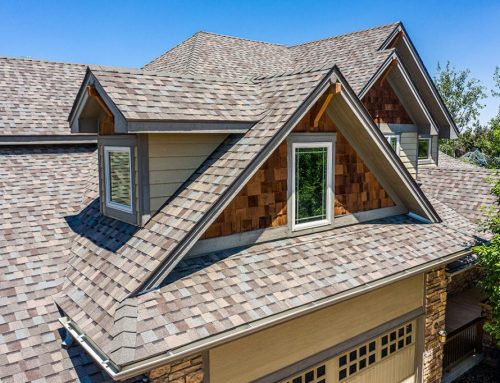
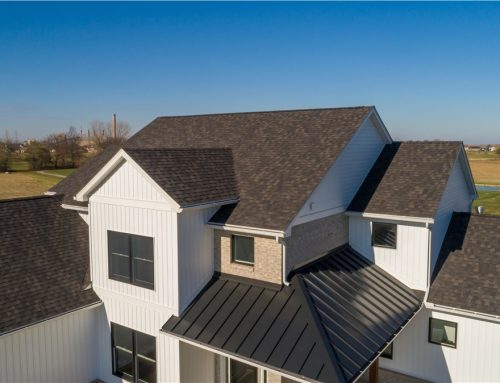
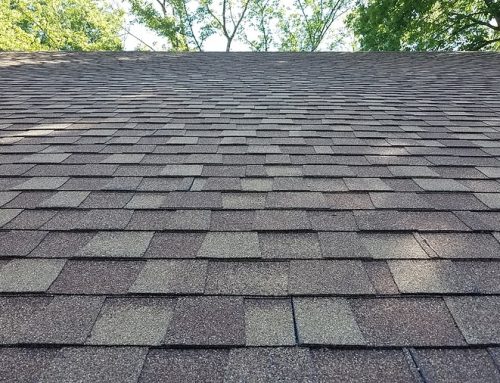
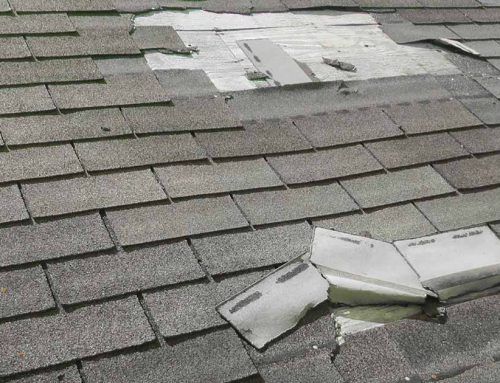
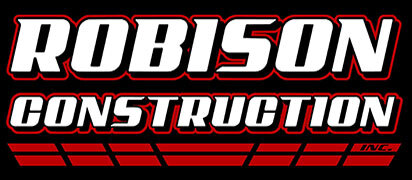
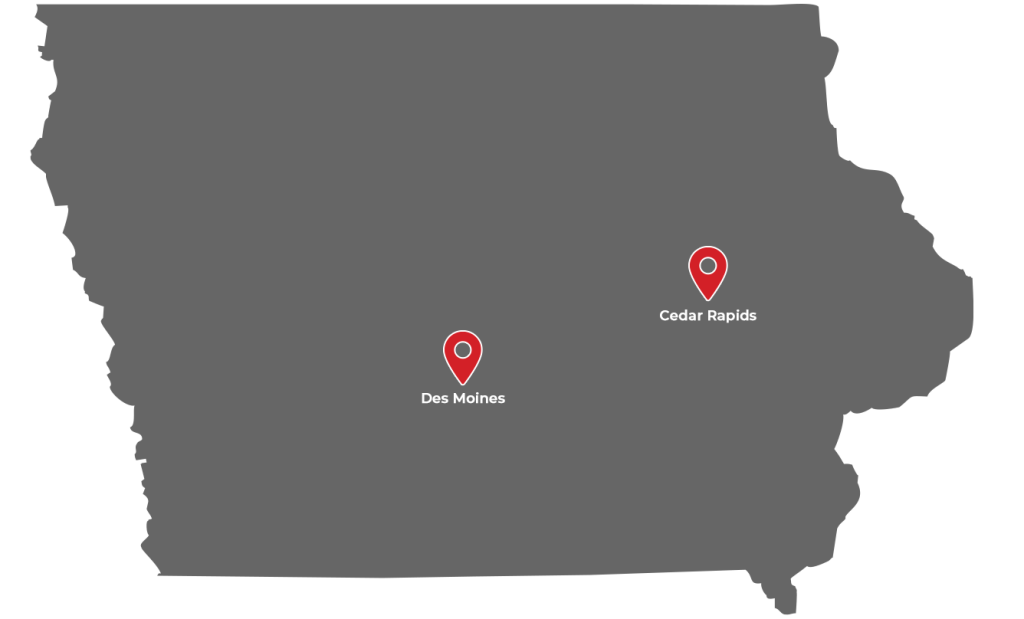
Leave A Comment